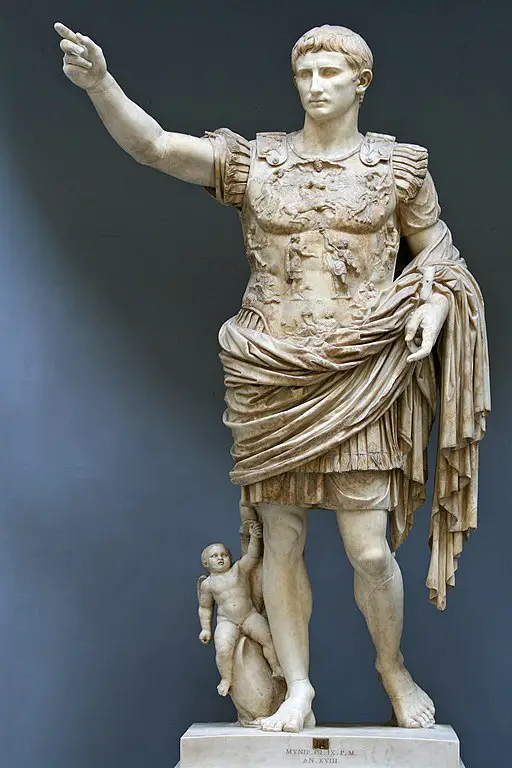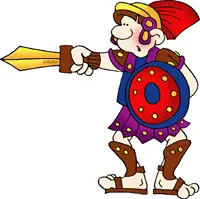The Fall of Rome
Most historians believe that the Roman Empire ceased to exist as an entity when Germanic leader Odoacer defeated the last Roman Emperor Romulus Augustus in 476 AD to become the first King of Italy.
However, some historians believe that the Roman Empire did not fall in 476 AD, as the Eastern Roman Empire continued to exist for another 1000 years after that.
The term ‘Fall of the Roman Empire’ usually refers to the fall of the Western Roman Empire. Roman Empire was, for almost 500 years, the world’s greatest superpower. Its eventual demise is attributed to a number of different reasons.

Menace of Barbaric Tribes
Rome countered military adventures of barbaric tribes like Goths, Vandals, and Germans for many years and kept them under check. However, towards the last years of the empire military defeats against these tribes weakened the empire.
These tribes slowly and gradually increased their spheres of influence inside the Roman territory and in 410 AD, Goths under the command of King Alaric ransacked the city of Rome.
It was eventually a Germanic military leader, Odoacer, who defeated the last western Roman Emperor, Romulus Augustus in 476 AD and became the King of Italy.
Dwindling Slave Trade
Roman society depended greatly on the slaves. These men and women not only served their masters in their homes but also worked in the fields, mines, and mills of the empire.
The Roman military was the largest source of acquiring these slaves and after every military victory; thousands of slaves were brought to the empire and sold off.
As the expansion of the Roman Empire ceased and the Roman military stopped wining conflicts against now stronger than ever foes, this supply of slaves dried up. This adversely affected the economy of Rome which was hugely dependent on the slave force.
This served as a crippling blow to the economy of Rome which was rocked by a sharp decrease in agricultural and industrial production.
Division of Empire
Roman Emperor Diocletian divided the empire in the eastern and western parts in 285 AD. The step was taken to make the administration easier.
It, however, created rift between the two parts and they frequently quarreled over resources, territories and military aid. The Eastern part was farther from troublesome Barbaric tribes and consequentially thrived under peaceful circumstances.
It grew more stable and economically sound. These internal problems weakened the empire, particularly the restive western part.

Weakened Roman Military
The Roman military was once famous for its discipline and efficacy in combat. Roman Empire owed its greatness to its legions that fought numerous wars and won them to expand the empire across Europe, Asia, and North Africa.
However, as the empire expanded, so did the demand for recruiting more soldiers.
This demand could not be met by recruiting Roman citizens only. Roman commanders had to recruit non-Romans like Gauls, Goths, Thracians, and Germans.
These non-Roman soldiers did not have any solid commitment to the empire and they often defied their superiors in battle. Their actions eroded the discipline of legions and their ability to win wars which contributed to the fall of the empire.
Rise of Christianity
The adoption of Christianity as the state religion in the late 4th century AD adversely affected the values on which the Roman Empire stood.
The ancient Roman religion viewed the emperor as having a divine stature. Christianity ended this and ended the obsession of people with state and empire.
Political Instability
Frequent internal conflicts and political instability weakened the empire from within.
The wars of succession pushed the empire into crisis. This instability gave enemies of the empire a chance to pursue their agenda and make territorial gains.



